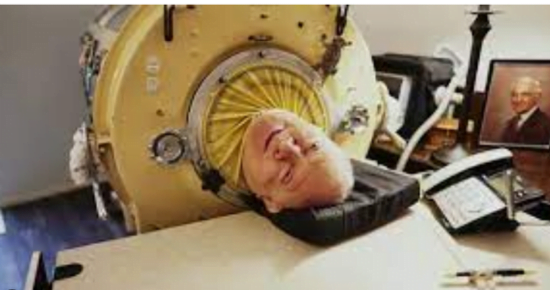Paul Alexander, who is 76 years old, has led a life that is unique.
He has used an iron lung for the most of his life and is one of the last persons in the world to still be utilizing the 1928-era respirator.
Paul has led a life that is very fulfilling despite his odd circumstances, and he has never settled for anything less.
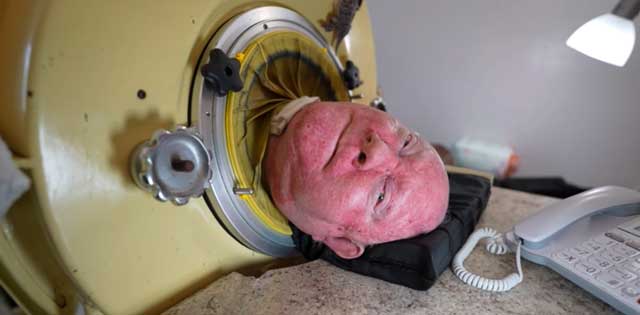
“I am not going to accept from anybody their limitations on my life. Not gonna do it. My life is incredible.”
Paul ran inside his family’s home in a Dallas, Texas, suburb when he was just six years old and informed his mother that he wasn’t feeling well. Paul had always been a healthy, happy, and active youngster since his birth in 1946, but now it was obvious that something was amiss.
“Oh my God, not my son,” Paul recalled his mother saying.
In accordance with the doctor’s recommendations, he spent the following few days recuperating in bed, but the youngster plainly had polio and was not improving. Less than a week after he first felt sick, he lost his ability to swallow, breathe, or grasp anything in his hands.
When his parents finally arrived at the hospital, he joined countless other kids who were suffering from comparable symptoms.
Before polio immunizations were available, the virus incapacitated more than 15,000 people. Even when an infected individual shows no symptoms, polio, an extremely dangerous infection, can spread.
Fatigue, a fever, stiffness, muscle discomfort, and vomiting are some of the signs and symptoms of polio. Polio can, in rarer instances, also result in paralysis and death.
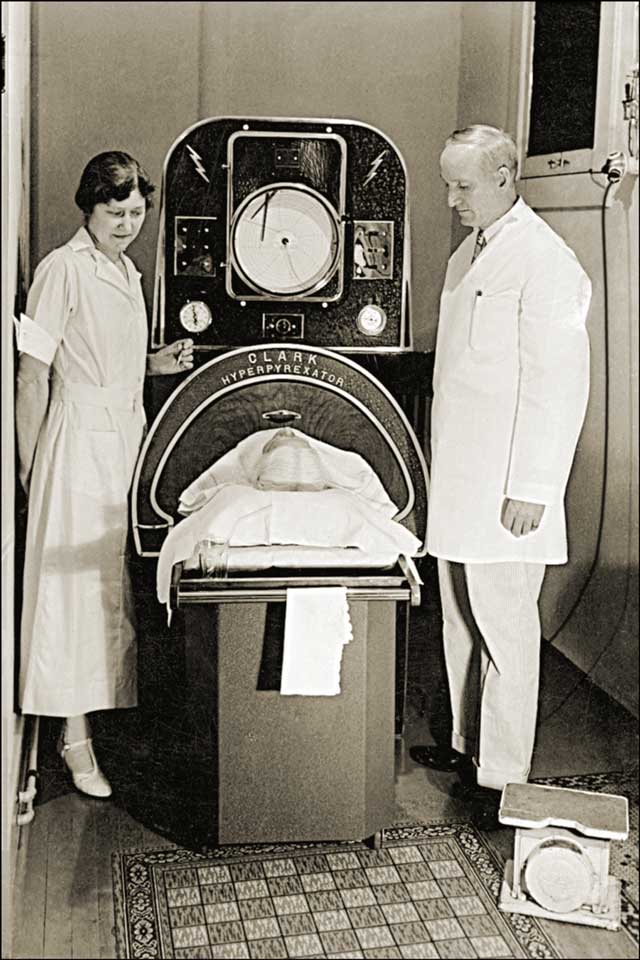
After being evaluated by a doctor who declared him dead, Paul was given a second chance at life by a different doctor.
After the emergency tracheotomy was completed by the second doctor, Paul was then put inside an iron lung.
Three days later, when he finally came to, he found himself among numerous rows of kids who had also been fitted with iron lungs.
”I didn’t know what had happened. I had all kinds of imaginings, like I’d died. I kept asking myself: Is this what death is? Is this a coffin? Or have I gone to some undesirable place?” the Texas native told As It Happens host Carol Off in 2017.
The fact that Paul couldn’t communicate due to having a tracheotomy added to the scary nature of the situation.
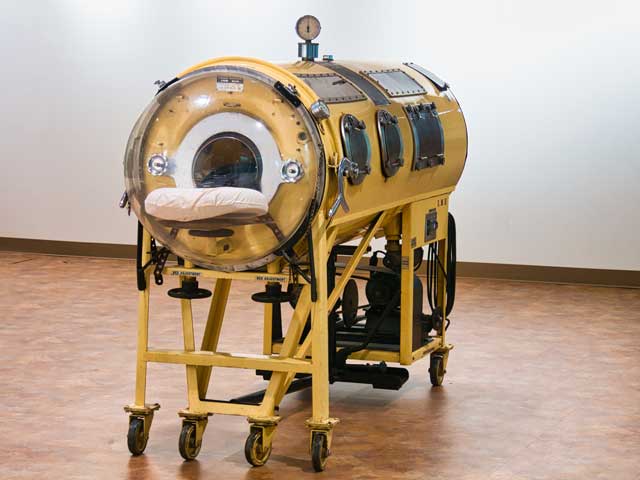
“I tried to move, but I couldn’t move. Not even a finger. I tried to touch something to figure it out, but I never could. So it was pretty strange.”
The device was the first to ventilate a human, and it was created in the late 1920s. The device is hermetically sealed from the neck down and provides a negative pressure in the chamber that sucks air into the patient’s lungs. It was often known as the “Drinker respirator” in its early years. If it produces overpressure, the patient exhales as the air is once more driven out of the lungs.
Paul recovered from the original infection within the metal canister for 18 months. He wasn’t alone either. Looking at the data, the year Paul contracted the illness, 1952, was a pretty gloomy one.In the United States in 1952, the virus was transmitted by over 58,000 persons, mostly children. 3,145 of them sadly passed away.
“As far as you can see, rows and rows of iron lungs. Full of children,” he said.
Some people may have lost the desire to life, but Paul was only strengthened by it.Every time a doctor went by, he would hear them say, “He shouldn’t be alive” whenever they passed by him, and he wanted to prove them wrong.
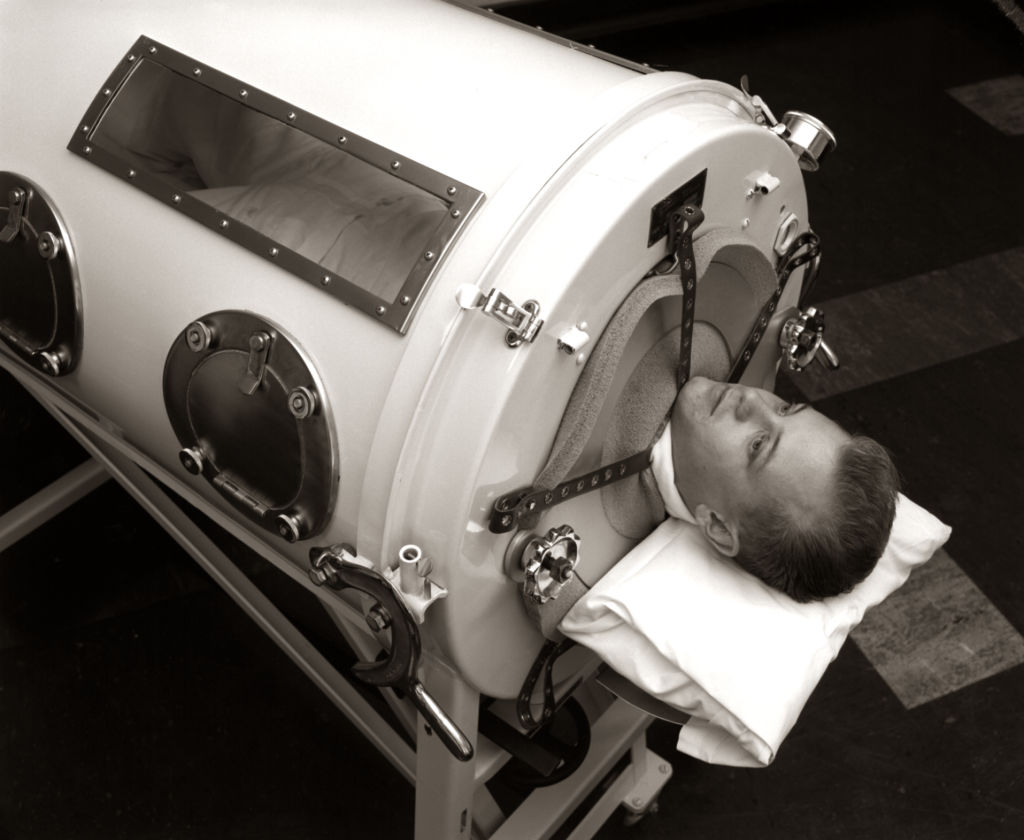
That’s exactly what he did as well! After leaving the hospital in 1954, he soon realized that his life had fundamentally changed from what it had been.
“People didn’t like me very much back then,” he said during a video interview in 2021. “I felt like they were uncomfortable around me.”
However, with Mrs. Sullivan’s assistance, a therapist who came to see him twice a week, little by little things started to change in his life. His therapist made a deal with him that if he could “frog-breathe,” a method that involves trapping air in your mouth by flattening your tongue and opening your neck, for three minutes without the iron lung, she would buy him a puppy.
Paul was able to spend more and more time outside the iron lung after a year of laborious effort.
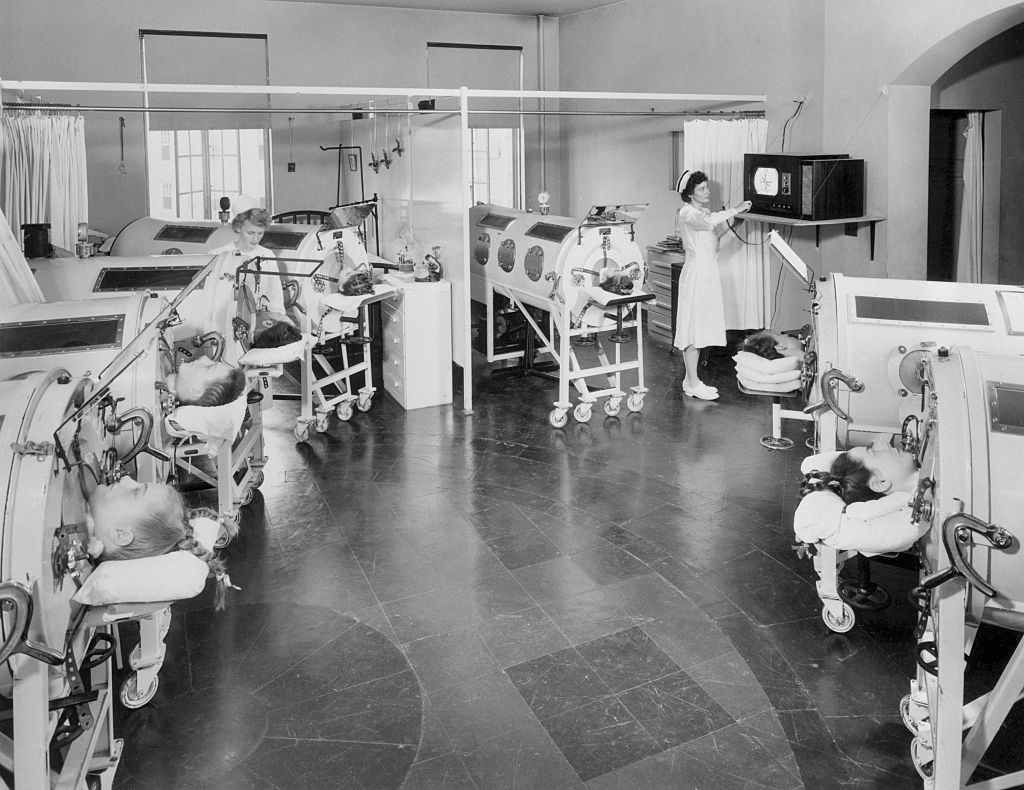
At age 21, he became the first individual to earn an honors diploma from a Dallas high school without ever showing up in person. After receiving multiple rejections, he finally set his sights on attending college and was admitted by Southern Methodist University.
“They said I was too crippled and did not have the vaccination,” he recalled. “Two years of tormenting them, they accepted me on two conditions. One, that I take the polio vaccine, and two that a fraternity would be responsible for me.”
After graduating from Southern Methodist University, he went on to the University of Texas at Austin to pursue a legal education. He passed the bar exam and started practicing law in the Dallas–Fort Worth region.
“And I was a pretty damn good one too!”
He continued to keep occupied by creating a book, which he typed all by himself using a pen linked to a stick, even after a 30-year career in the courtroom.
Paul is reportedly one of the last individuals remaining living in the nearly extinct machine, according to a Gizmodo. The 76-year-old has lived a large portion of his life in a can and is always confined to his ancient iron lung.
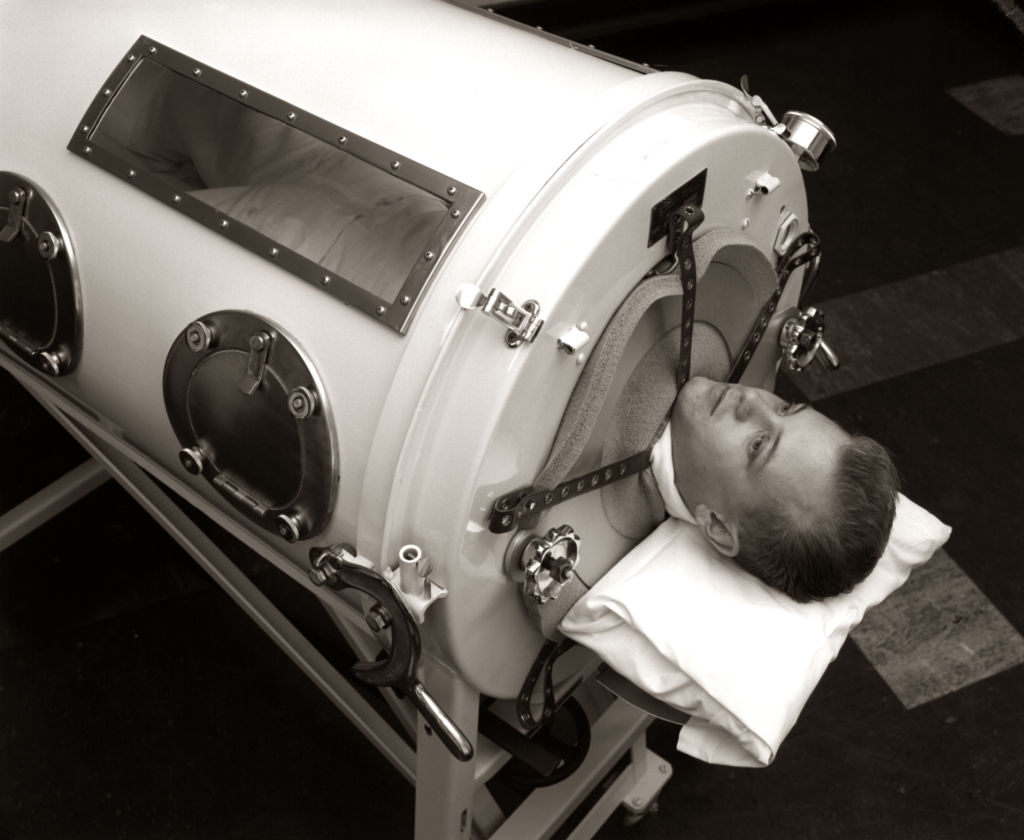
”I have travelled with it — put it in a truck, took it with me. I’ve gone to college with it, lived in a dorm. That freaked everybody out,” he said.
Paul’s type of iron lung hasn’t been manufactured for half a century because – ventilators are now much more advanced and sophisticated.
The polio survivor, however, likes his metal chamber despite the availability of new technology. But when the metal lung came dangerously close to failing seven years ago, the Dallas lawyer was forced to post a desperate YouTube notice. Fortunately, there are still abandoned machines all around the nation, which means there are plenty of replacement components available. Paul has also benefited from assistance from ardent users of antiquated technologies.
”A lot of people who had polio and they’re dead. What did they do with the iron lung? I’ve found them in barns. I found them in garages. I’ve found them in junk shops. Not much, but enough to scrounge [for] parts,” he says.
Paul, who has lived longer than his parents and older brother combined, is currently writing a second book. Paul attributed his ability to have such a full life to the fact that he “never gave up.”
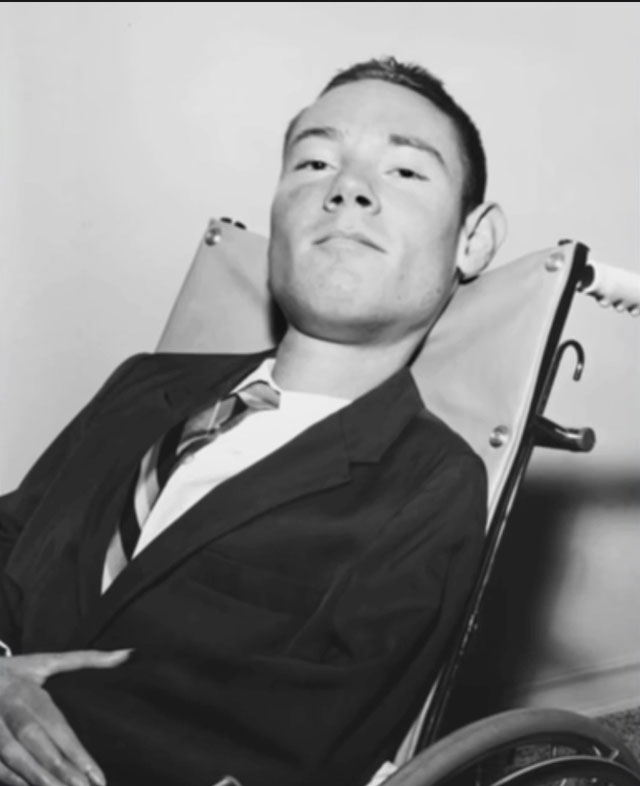
“I wanted to accomplish the things I was told I couldn’t accomplish,” he said, “and to achieve the dreams I dreamed.”
Since 1979, polio has been virtually eradicated in the US. However, sporadic cases of polio caused by vaccination continue to be a source of worry.
Paul is undoubtedly inspirational. I hope that everyone who reads this will be inspired by the daring and inspiring story of how he managed to build his life despite all difficulties.
His tenacity demonstrates that the only restrictions are those we impose on ourselves.To encourage others, please tell your friends and family about his experience.
